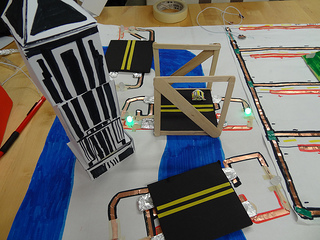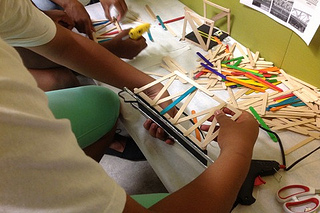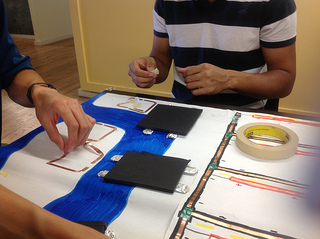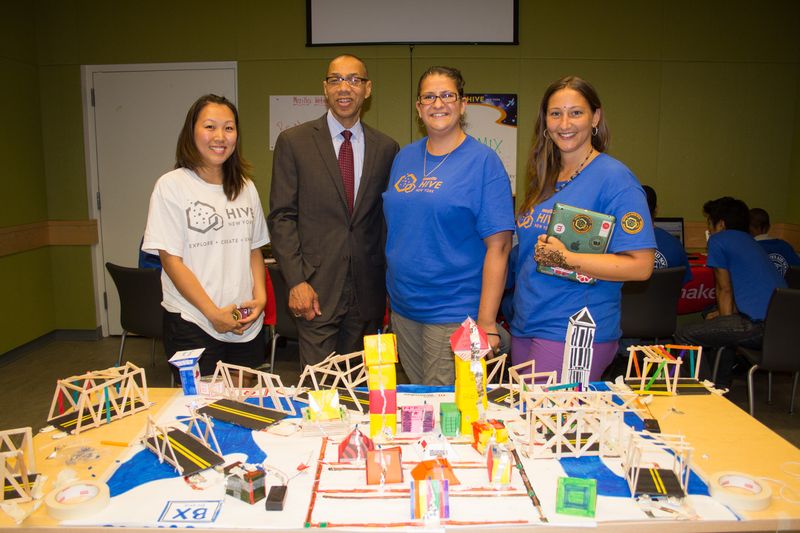Engineer Your World:
Build a Power Map of Your City/Community
Connected Learning Experiences for the Middle School Classroom
|
A quick recap of the unit...
|
|
Standards Addressed Click HERE for the NGSS.
Common Core
RST.6-8.3 –Follow precisely a
multistep procedure when carrying out experiments, taking measurements, or
performing technical tasks.
RST.6-8.4 – Determine the
meaning of symbols, key terms, and other domain-specific words and phrases as
they are used in a specific scientific or technical context relevant to grades
6-8 and topics.
RST.6-8.9 – Compare and
contrast the information gained from experiments, simulations, video, or
multimedia sources with that gained from reading a text on the same topic.
RST.6-8.10- By the end of Grade 8, read and comprehend history/social studies texts in the grades6-8 text complexity band independently and proficiently.
Next Generation Science Standards
Engineering Design
MS-ETS1-1. Define the
criteria and constraints of a design problem with sufficient precision to
ensure a successful solution, taking into account relevant scientific
principles and potential impacts on people and the natural environment that may
limit possible solutions.
MS-ETS1-2. Evaluate
competing design solutions using a systematic process to determine how well
they meet the criteria and constraints of the problem.
MS-ETS1-3. Analyze data from
tests to determine similarities and differences among several design solutions
to identify the best characteristics of each that can be combined into a new
solution to better meet the criteria for success.
MS-ETS1-4. Develop a model to generate data for iterative testing and modification of a proposed object, tool, or process such that an optimal design can be achieved.
Energy
MS-PS3-5. Construct, use, and present arguments to support the claim that when the kinetic energy of an object changes, energy is transferred to or from the object.
See our work this summer!
Below are some photos of this unit in action.



